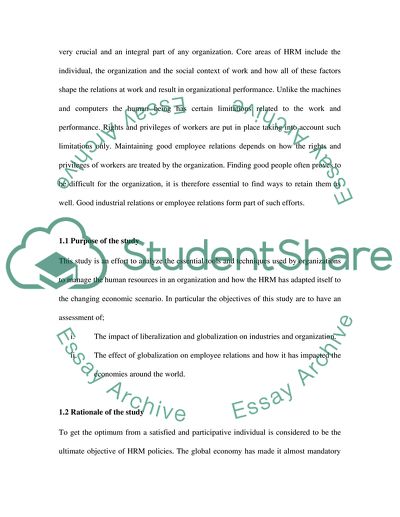Cite this document
(“The Essential Tools and Techniques Used By Organizations to Manage the Essay”, n.d.)
Retrieved from https://studentshare.org/human-resources/1542346-employee-relations-assignment-3000-word
Retrieved from https://studentshare.org/human-resources/1542346-employee-relations-assignment-3000-word
(The Essential Tools and Techniques Used By Organizations to Manage the Essay)
https://studentshare.org/human-resources/1542346-employee-relations-assignment-3000-word.
https://studentshare.org/human-resources/1542346-employee-relations-assignment-3000-word.
“The Essential Tools and Techniques Used By Organizations to Manage the Essay”, n.d. https://studentshare.org/human-resources/1542346-employee-relations-assignment-3000-word.


